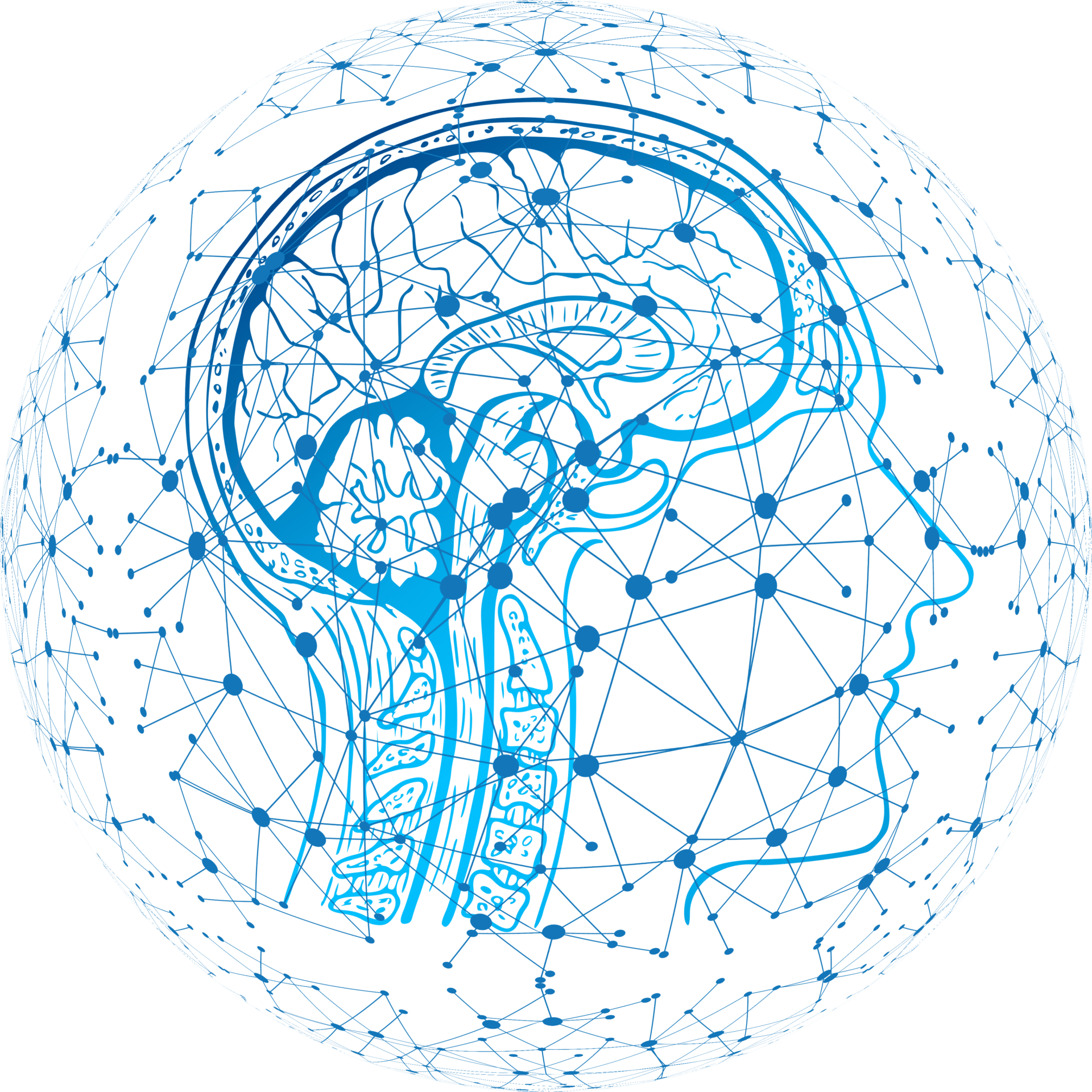
As the crisis with COVID continues, it is important that we have high-quality health information that we can understand and use to make decisions about our health. The coronavirus outbreak has created a situation with new and old instructions on how to be safe that can be quite complex.
The instructions to “wash your hands” may sound simple, but it becomes more complicated when we are told for how long and how to wash all surfaces of our hands properly. According to the CDC, wash your hands often with soap and water for at least 20 seconds, especially after you have been in a public place, or after blowing your nose, coughing, or sneezing. So a simple instruction becomes more complicated.
“Wearing a face covering” is another deceivingly simple recommendation. What kind of face-covering would work? When do I have to put it on? Just when I walk into the grocery store? Can I pull it down so someone can hear me more clearly? Should I wear a mask when I am out on a walk in my neighborhood?
“Social distancing” has been encouraged to slow the spread of the virus. Staying 6 feet away from other people seems easy enough. How far away is 6 feet? Some people have struggled with the instructions to not gather in groups, including going to see friends and family. If you have been avoiding people, and so have the people you are about to hang out with, there should be no or very little risk, right?
As state’s restrictions are being lifted and more businesses are opening, should you still be social distancing? Do you still need to wear a mask? We have heard about “high-risk groups,” but who is included? Are all older people considered to be “high risk”? What age is considered to be “older”?
What about when you are feeling under the weather? A fever is a symptom of COVID-19, but how high of a temperature? What are the other symptoms? Official symptoms have recently been updated with several new symptoms. What are those symptoms? What legitimate source would you seek out to find out what they are? How do you know when to seek medical help?
What if you do have the symptoms, and you have made the decision to get tested. Where will you go to get tested? Do you need a doctor’s referral before you can go to get tested? What if you don’t have a primary provider or don’t have health insurance? What are your next steps?
Where do people go to get answers to all these questions? Are we relying on what we hear from other people, from the news, from your social media feed? How do we know those are reliable sources?
All these questions are issues of health literacy. Health literacy is “the degree to which individuals have the capacity to obtain, process, and understand basic health information and services needed to make appropriate health decisions” (IOM). A majority of adults (9 out of 10) struggle to understand and use health information when it unfamiliar, complex, or jargon-filled.
Health literacy also addresses the demand side of interactions. What are we (providers, doctors, friends, families) asking individuals to do? What is the level of difficulty of the texts, tools, and tasks related to health activities? As we continue to deal with the coronavirus outbreak, how can we make changes to the systems and processes to make things easier for everyone?
Health literacy is an issue of access and health equity. Patients with low health literacy have poorer health outcomes. Rural populations have even more struggles with health literacy. It is harder for these individuals to find, to use, and to understand health information. As the crisis continues, we continue to an uneven spread of the virus, especially among minority populations and, more recently, rural populations. Some of that spread could be attributed to health literacy. Do these people have access to the information to keep them safe? Is the information being presented in a way that they can use it in their own lives? How can we work together to address these issues?
Dr. Lauren Gilbert is an assistant professor at Mercer University School of Medicine.
